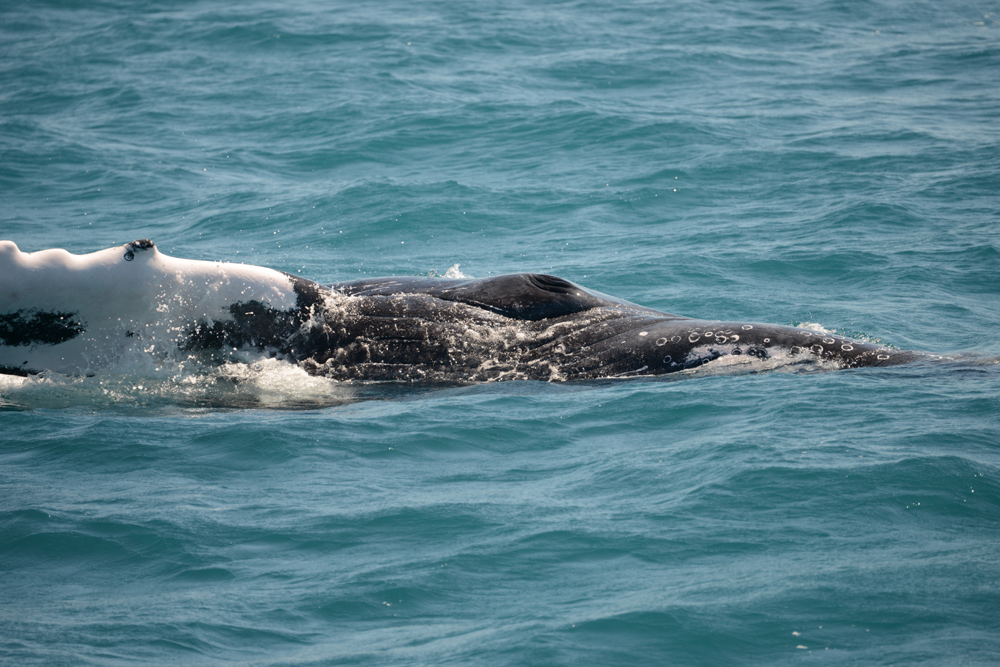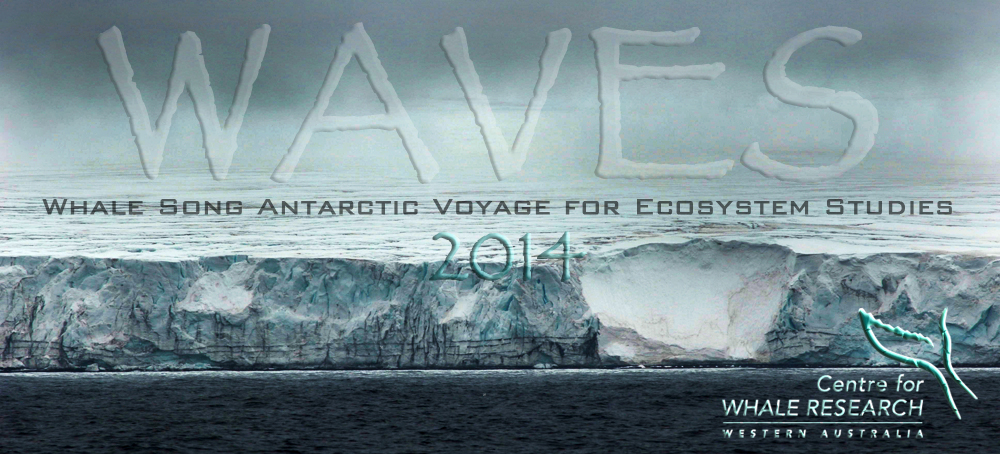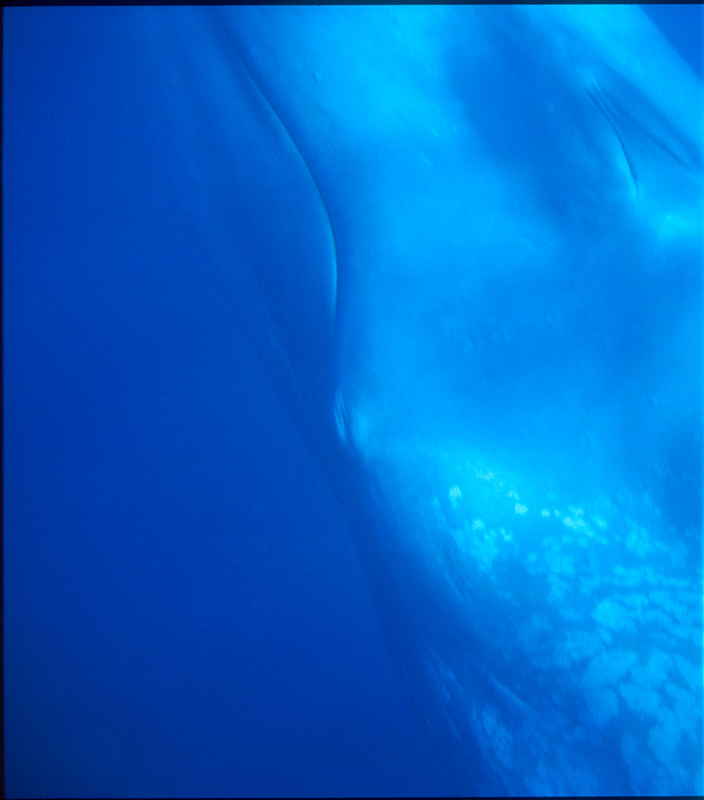Sep 10, 2014
Surface active behaviour on the breeding grounds includes pectoral fin slapping. As this whale rolled to lay at the surface, the broad pectoral fin hitting the water surface made a huge splash and sound aerially, as well as underwater.
Another rolling pass near Whale Song showed the area around the eye of this curious humpback whale! How lucky were we? Humpback whales have a fish-eye lens and can see effectively in air, as well as through water. In low or no light situations, their tapetum lucidum (a similar structure shown by the glow in cat’s eyes at night) assists their vision. Humpback whales see their world in tones of black and white as their eyes only possess rods. To enable colour vision, rods and cones must be present.



















No comments yet.